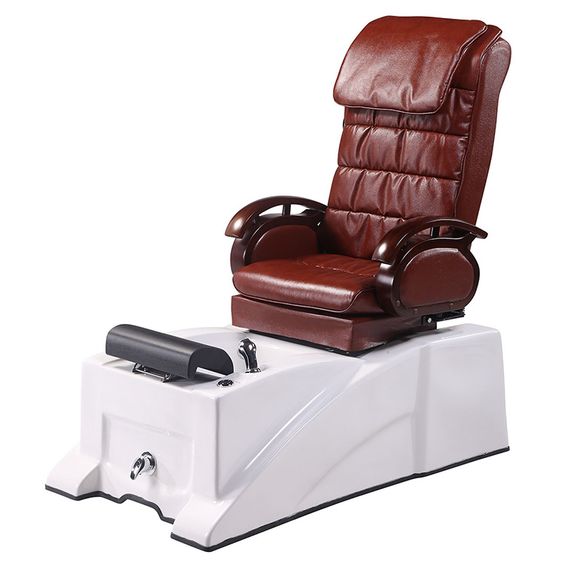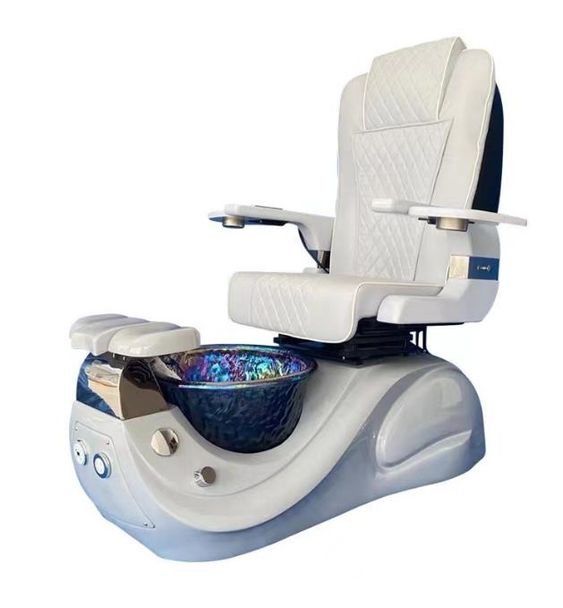A Closer Look at Disposables: The Environmental Impact of Hypodermic Needle Use

In the dynamic landscape of healthcare, the focus on patient safety and infection control has led to the widespread adoption of disposable medical supplies, including hypodermic needles. While these single-use instruments play a crucial role in minimizing the risk of cross-contamination and ensuring sterility in clinical settings, their proliferation raises important questions about environmental sustainability and the long-term impact of healthcare waste. In this in-depth exploration, we delve into the environmental footprint of hypodermic needle use, examining the challenges, innovations, and pathways toward a more sustainable approach to healthcare delivery.
Understanding the Scope of the Issue
The sheer volume of disposable medical supplies used in healthcare settings underscores the magnitude of the environmental challenge. Each day, millions of hypodermic needles are utilized for medication administration, blood collection, and therapeutic interventions, contributing to the growing tide of medical waste generated by hospitals, clinics, and healthcare facilities worldwide.
Unlike traditional reusable needles, which undergo sterilization and reuse, disposable hypodermic needles are designed for single-use, contributing to the accumulation of plastic waste in landfills and oceans. Furthermore, the disposal of sharps waste, including needles, poses unique challenges due to the pedicure massage chair potential risk of needlestick injuries and transmission of bloodborne pathogens—a concern for both waste handlers and the general public.
The Environmental Impact of Disposable Needles
The environmental impact of disposable hypodermic needles extends beyond their material composition to encompass every stage of their lifecycle—from production and distribution to use and disposal. The manufacturing process for disposable needles consumes finite resources, including energy, water, and raw materials, while emitting greenhouse gases and pollutants into the environment.
Moreover, the disposal of used needles poses risks to public health and the environment, particularly in regions with inadequate waste management infrastructure. Improperly discarded needles can leach harmful chemicals into soil and waterways, endangering ecosystems and wildlife, while also posing a threat to the safety of waste handlers and sanitation workers.
Innovations in Sustainable Healthcare
Despite the environmental challenges posed by disposable medical supplies, innovative solutions and sustainable practices are emerging to mitigate the environmental impact of hypodermic needle use. Manufacturers are exploring alternative materials and manufacturing processes, including biodegradable plastics and eco-friendly packaging, to reduce the carbon footprint of disposable needles.
Furthermore, healthcare facilities are implementing waste reduction initiatives, recycling programs, and safe needle disposal protocols to minimize the environmental impact of medical waste. By promoting waste segregation, staff education, and community engagement, healthcare organizations can reduce the volume of medical waste sent to landfills and incinerators while promoting environmental stewardship and sustainability.
The Role of Regulation and Policy
Government agencies and regulatory bodies play a crucial role in shaping the environmental policies and practices of healthcare organizations. Legislation and regulations governing medical waste management, sharps disposal, and environmental protection set standards for healthcare facilities and promote accountability in waste reduction and recycling efforts.
By enacting legislation and providing guidance on sustainable healthcare practices, policymakers can incentivize the adoption of eco-friendly alternatives, encourage investment in recycling infrastructure, and promote corporate responsibility among healthcare stakeholders. Moreover, public awareness campaigns and community outreach initiatives can raise awareness about the environmental impact of healthcare waste and empower individuals to make informed choices about waste reduction and recycling.
A Call to Action: Toward a Greener Future
As the global population continues to grow, the demand for healthcare services and medical supplies will inevitably increase, placing greater strain on finite natural resources and ecosystems. To address the environmental challenges posed by disposable hypodermic needles and medical waste, collective action and collaboration are essential.
Healthcare providers, manufacturers, policymakers, and consumers all have a role to play in promoting sustainable healthcare practices and minimizing the environmental impact of medical waste. By embracing innovation, adopting eco-friendly alternatives, and advocating for policy changes, we can build a greener, healthier future for generations to come.
In conclusion, the environmental impact of disposable hypodermic needles underscores the need for sustainable solutions and responsible stewardship in healthcare. By prioritizing environmental sustainability alongside patient safety and infection control, we can strike a balance between the imperative of healthcare delivery and the preservation of our planet’s natural resources. Together, we can chart a course toward a more sustainable healthcare system—one that promotes health and well-being for both patients and the planet.




